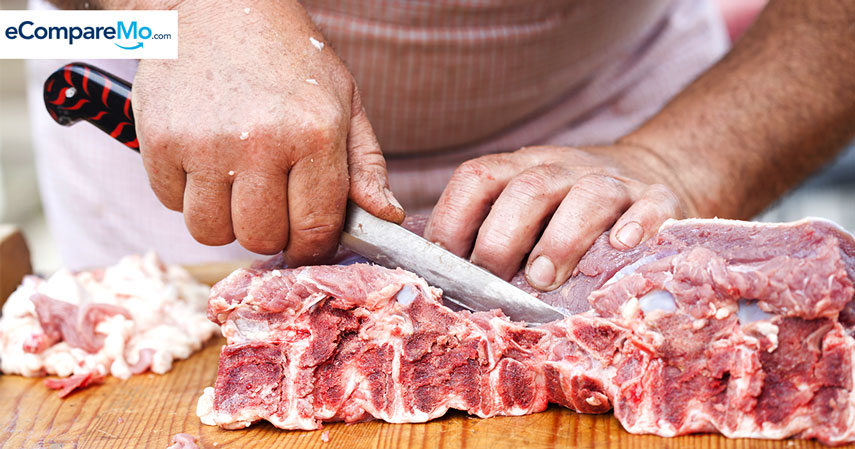5 Food Preparation Methods You Didn’t Know Were Dangerous
3 min read
The World Health Organization (WHO) says around 1.8 million people die every year due to diarrheal diseases caused food and water contamination. Food-borne infection—a type of disease acquired from food and drinks that contain harmful bacteria, viruses, parasites, and other contaminants—can cause not only health issues but impacts on tourism, economy, and other sectors as well.
While the Department of Health (DOH) has implemented numerous laws as well as information campaigns in making sure food safety is a top priority even at home, Filipinos still have some food-handling methods that increase the risk of certain diseases. What are the dangerous food habits we should get rid of as soon as possible?
1. Using one cutting board for different types of food.
Safety experts tend to focus on knife safety tips to avoid cross-contamination, but its lesser-known partner-in-crime is just as susceptible to food-borne infection: the chopping board. Since most households just keep one chopping board for all types of food, contamination of raw meat with other ingredients is possible.
In an interview with ABS-CBN News, microbiologist Dr. Windell Rivera said bacteria can be transferred from one food to another through a cutting board. “Contaminated meat sliced on the cutting board can contaminate your salad if the latter is sliced on the same cutting board,†he said.
Also, to avoid juice of raw meat from mixing with other food items, keep two cutting knives in your kitchen: one for raw items and the other one for fruits, vegetables, and the like.
2. Storing raw meat in plastic bags.
Filipinos tend to store food items in the freezer while they’re still inside plastic bags to keep them separated. However, plastic bags are prone to breaking and may cause juices from raw items to leak and contaminate other items. If you want to store raw food in the freezer, use safe plastic containers like ones made of polypropylene (PP). Look for the recycling logo with the number 5 in it.
3. Reusing water bottles.
Not all bottles are made equally, as others tend to deter quickly enough for bacteria to accumulate. Bottles made of polyethylene terephthalate, or more commonly known as PET or PETE, are mostly intended for single use only, as changes in temperature can cause antimony to leach from them. Instead of using PET bottles, get high density polyethylene bottles instead, which are marked with number 2.
4. Using kitchen cloth to wipe off tables.
Using old cloth, or basahan, instead of paper towels to clean tables is surely more cost-effective, but it can actually do you more harm than good. Common kitchen cloth can accumulate bacteria no matter how frequently you wash it with soap. “All those times you wiped your kitchen surfaces with a towel, you were also picking up bacteria, which made themselves at home in the damp cloth,†according to Medical Daily. You may want to reconsider picking up that piece of meat that just fell onto the table next time.
5. Using laundry detergent to remove grime on plates and utensils.
When the grime is tough and your typical dishwashing liquid can’t cut it, you probably turn to the laundry detergent to help you finish the job. It has been proven to be tough in taking out dirt and grim in your kitchen items, but there is one catch: Using detergent is very hard to rinse off plates and utensils, and they can leave harmful traces of toxic substances. “Detergents are powerful cleaning products that may contain strong acids, alkalis, or phosphates,†according to the New York Times’ Health Guide. Using them as substitute to biodegradable dishwashing liquids may lead to detergent poisoning, which is caused by swallowing cationic or anionic detergents. –Dino Mari Testa
